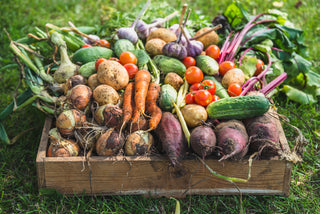| Method | Recipe (Metric) | Application Frequency | Safe for Vegetable Plants | Safe for Ornamental Plants | Additional Tips |
|---|---|---|---|---|---|
| 🌱 Diatomaceous Earth | Apply a layer of diatomaceous earth on the soil's surface | As needed | ✅ Yes | ✅ Yes | - Reapply after heavy watering or rainfall. |
| 🌿 Sticky Traps | Place yellow sticky traps near the soil surface | Continuously monitor | ✅ Yes | ✅ Yes | - Replace traps when they become covered with gnats. |
| 🍀 Beneficial Nematodes | Mix beneficial nematodes with water and apply to the soil | Follow package instructions | ✅ Yes | ✅ Yes | - Apply when soil temperature is above 12°C (54°F). |
| 🌾 Cinnamon Powder | Sprinkle cinnamon powder on the soil's surface | As needed | ✅ Yes | ✅ Yes | - Reapply after watering or repotting. |
| 🌧️ Hydrogen Peroxide Soil Drench | Mix 3% hydrogen peroxide with water (1 part peroxide to 4 parts water) and soak the soil | Every 7-10 days | ✅ Yes | ✅ Yes | - Allow the top inch of soil to dry between waterings. |
| 🍊 Orange Peel Soil Cover | Place dried orange peels on the soil's surface | Replace when needed | ✅ Yes | ✅ Yes | - Orange peels release compounds that repel gnats. |
| 🍯 Honey Trap | Mix honey with water (1 part honey to 4 parts water) in a shallow dish | Continuously monitor | ✅ Yes | ✅ Yes | - Gnats are attracted to the sweet scent of honey. |
Additional Tips:
- Avoid overwatering, as fungus gnats thrive in damp soil.
- Allow the soil to dry between waterings to disrupt the gnat life cycle.
- Improve soil drainage to prevent water accumulation.
- Keep indoor areas well-ventilated to reduce humidity levels.
These natural and organic methods can help you control fungus gnats in both vegetable and ornamental plants effectively. Adjust the frequency of application based on the severity of the infestation, and monitor your plants regularly to ensure the methods are working.




